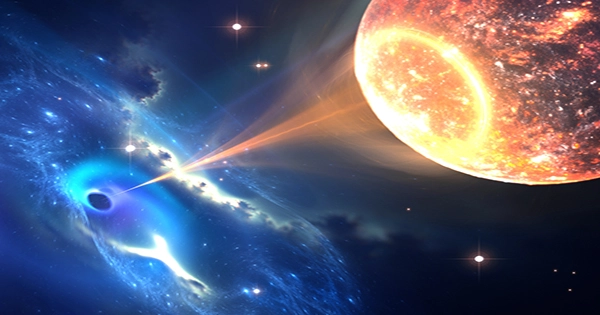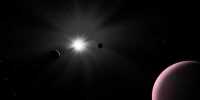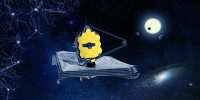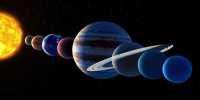Dark matter is a mysterious kind of substance that is thought to outweigh ordinary matter five to one. Its existence, which has yet to prove, is required to explain many aspects of the cosmos. However, we have no idea what it is. Many people have speculated that it could be black holes that emerged shortly after the Big Bang. Some have already proven wrong, while others have made a comeback. An intriguing piece of research published in The Astrophysical Journal last month makes a bold claim; if black holes formed spontaneously during the early moments of the universe, and the majority of them have a mass equivalent to 1.4 times our Sun, then these primordial black holes could explain all of the dark matter we expect to exist in the universe.
That is not all, though. Even in the early cosmos, the existence of such a large population of black holes provides an ideal starting point for the development of such giant supermassive black holes, hundreds of millions of times the mass of our Sun. They could be the seed of these primordial black holes. In a statement, Yale professor of astronomy and physics Priyamvada Natarajan said, “Primordial black holes, if they exist, could well represent the seeds from which all supermassive black holes develop, including the one at the heart of the Milky Way.”
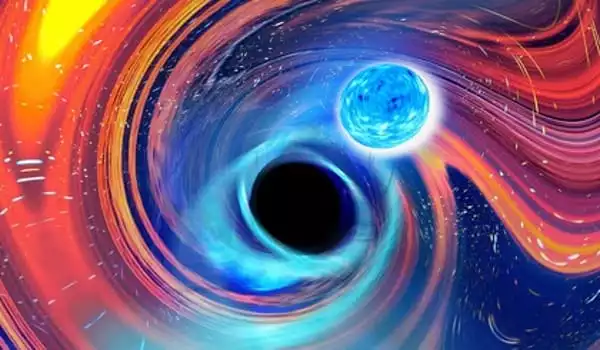
“What I find personally incredibly fascinating about this notion is how it elegantly combines and addresses the two really tough topics that I concentrate on — investigating the nature of dark matter and the development and expansion of black holes,” she added. Primordial black holes could also explain why the cosmos has an overabundance of infrared radiation that synchronized with X-ray emission from distant sources. This could explain by the merging of these primordial black holes.
“Our research indicates that we may solve mysteries of modern cosmology without introducing new particles or physics, from the nature of dark matter to the creation of supermassive black holes,” said first author associate professor Nico Cappelluti of the University of Miami. One of the most interesting aspects of this concept is that it may test very soon. The brand new JWST, which just yesterday successfully deployed its secondary mirror, making it a telescope, planned to study the universe’s initial stars and galaxies. JWST will be able to witness more stars and galaxies developing around primordial black holes if dark matter is made up of them.
LISA, the gravitational wave observatory in orbit, will launch in the next decade. LISA will be so sensitive that it will be able to detect the merging of these primordial black holes. “It was enticing to delve deeper into this concept, knowing that it had the potential to be validated quite soon,” Natarajan said.
